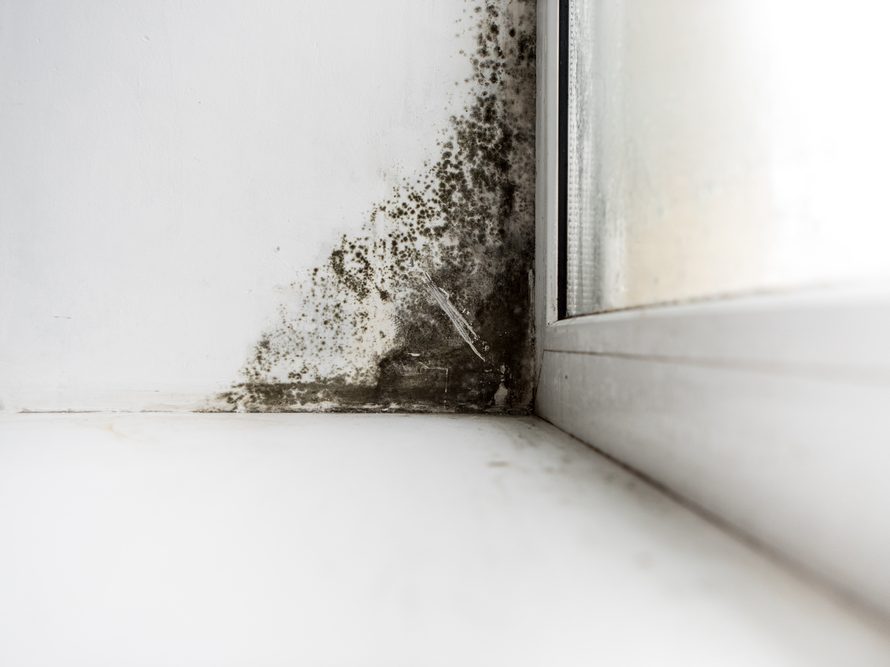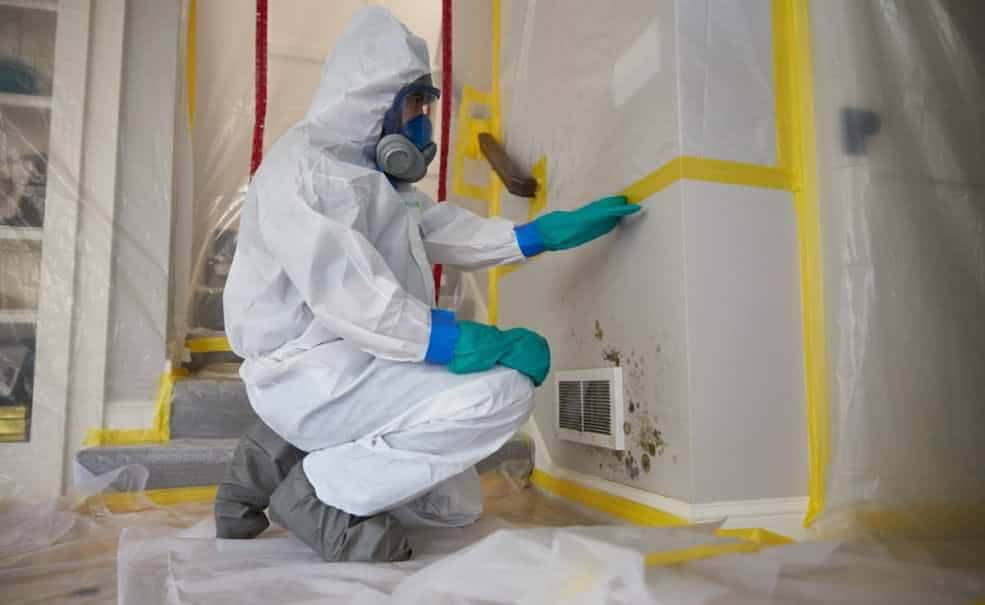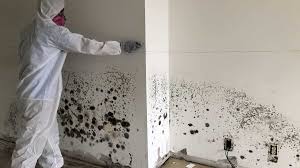Removing Different Levels of Mold Contamination
After removing mold, you should clean the contaminated area with a disinfectant in order to best prevent mold regrowth. educing moisture levels will significantly lower the chances of mold regrowth.
TL;DR
There are a few different classifications of mold contamination (Levels 1 to 5) that all warrant remediation. It’s good to know the general process of removing mold but read this article for further details on specific contamination circumstances. This could help rid you of some health problems and save your office or household.
Don't be scared
Mold can be scary. With all of the things you hear in the news, just hearing the word mold is enough to freak someone out. However, getting rid of mold shouldn’t be scary. Mold is well-known for causing health issues and damaging the structures it lives on, whether it’s your wall, carpet, or ceiling. None of these situations are particularly fun so here are some ways that you can avoid these problems and get back to living comfortably.

General Steps to Remove Mold
When dealing with moldy materials, wear personal protective equipment (PPE). The minimum equipment that you should use are rubber gloves that cover up to your mid-forearm, goggles without vents, and an N-95 respirator. You should also wear removable protective clothing such as disposable suits that cover almost all of your body if you are tackling a large contamination issue. This will help prevent spreading mold from the affected areas to other parts of your office or household as mold can easily collect on your clothes and spread elsewhere. Often, High-Efficiency Particulate Air (HEPA) vacuums and HEPA filters are used in the remediation process, especially when treatment is performed by specialists. There are commercial HEPA products out there for those who want to properly eradicate the problem themselves without professional help.

No matter if you are performing the mold remediation yourself or you have hired a professional, there is a general procedure to fixing this contamination issue. There are many variations of this process that you can find but we have supplied an abridged version for you. According to the California Department of Public Health, you must:
- Locate the affected sites
- Correct the original moisture problem
- Dry or replace any wet items
- Clean or throw out moldy items
If the material is non-porous (such as metal or glass), it will be relatively easy to clean as it does not absorb water, meaning the fungus will not be able to seep in. You can use non-ammonia soap and water to remove the mold, properly scrubbing it with a damp cloth or a mop. However, for porous substances like ceiling tiles or drywall, they easily absorb water, which means it will be very hard to completely remove the mold. If the material is visibly moldy or even smells of mold, it may be a good idea to just get rid of it before the situation gets worse. When disposing of the contaminated porous materials, seal them in at least two disposable bags or wrap them in plastic a few times as well. Mold-infested substances are not treated as hazardous waste so you can toss them in the trash.
Specific Mold Removal Situations
For small areas of mold (less than 10 square feet)
This issue is referred to as a Level 1 contamination. Most people can just fix this themselves, unless they are allergic or sensitive to mold. Typically, removing this small concentration of mold would involve cleaning non-porous materials with a detergent or disinfectant solution or disposing of non-salvageable porous substances. Misting the affected areas with water and detergent solution will help prevent spores from flying into the air.
For slightly larger areas (10-30 sq ft)
This issue is referred to as a Level 2 contamination. While it encompasses the same steps as those mentioned for Level 1, it also includes sealing off the working areas as well as using HEPA tools such as a HEPA filter. You can use plastic or a polyethylene sheet and tape it down with duct tape. Sealing off the working area also means closing all doors and windows so that mold spores do not escape and spread.

For even larger areas (30-100 sq ft and over 100 sq ft)
These two issues are referred to as Level 3 and 4 contamination. This should definitely be left for specialists to remediate as certain high-level techniques must be performed. These experts follow the same general process but will have additional steps and use advanced tools that one cannot normally get themselves. Whenever hiring a contractor for your contamination issue, research into a trained, preferably licensed mold remediation specialist who follows EPA protocol or other widely accepted protocols and who will explain exactly what they will do to fix your problem. Check with multiple providers and get different estimates before making a decision.
For HVAC systems
This issue is referred to as a Level 5 contamination. It deals strictly with moldy areas inside of HVAC systems or propagated by these systems. Hiring a professional would be the best move in this case. When cleaning the involved equipment, you must make sure to turn off the machines so that they do not blow the spores or dust as you work. Examining the various components of the heating, cooling, or ventilation system should be the first step, especially the fan chambers, filters, cooling coils, and any internal insulation.
After any of these situations, you must always verify that the mold is gone and that you have addressed the original moisture issue that had caused it. This will help prevent any further occurrences. Visually testing to see if there is any dust or mold is sufficient in most cases.
After the Mold is Removed
After removing mold, you should clean the contaminated area with a disinfectant in order to best prevent mold regrowth. A typical disinfectant solution is ¼ to ½ cup of liquid chlorine bleach (household bleach) mixed in one gallon of water. Never mix bleach with ammonia as this will generate a toxic gas so take caution. Once you finish disinfecting, you should quickly dry out the previously moldy area. This can be supplemented through the use of dehumidifiers and fans. Reducing moisture levels will significantly lower the chances of mold regrowth.

Ineffective Methods
Not every method will be effective at properly remediating your mold problem. Simply painting over the mold will not get rid of it, even if you already applied biocide. The underlying issue would literally be glossed over without actually solving anything. Biocides and disinfectants should not be used alone either as mold’s allergenic and toxic properties are not disabled by these cleaners. Another ineffective solution is only treating one part of the issue, such as only removing moldy materials. Doing just this won’t be enough. If you take away the mold, you should also fix the moisture problem, the actual source of your mold problem.
In any case, you should determine what your mold situation is and act accordingly. Follow the guidelines mentioned above to know how to address your particular issue. Again, mold can be scary but you should not be scared of getting rid of it.